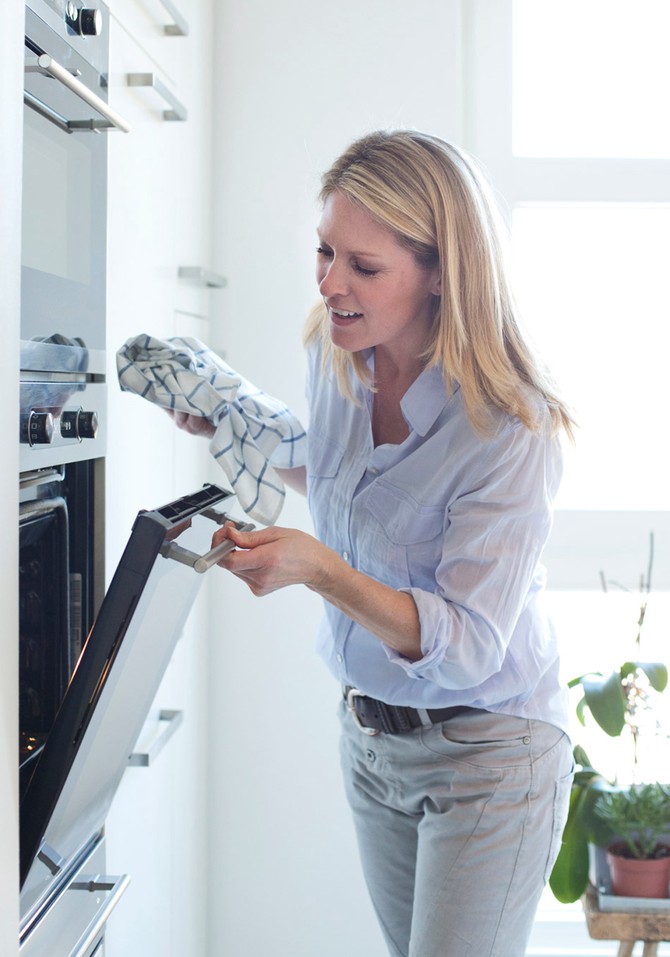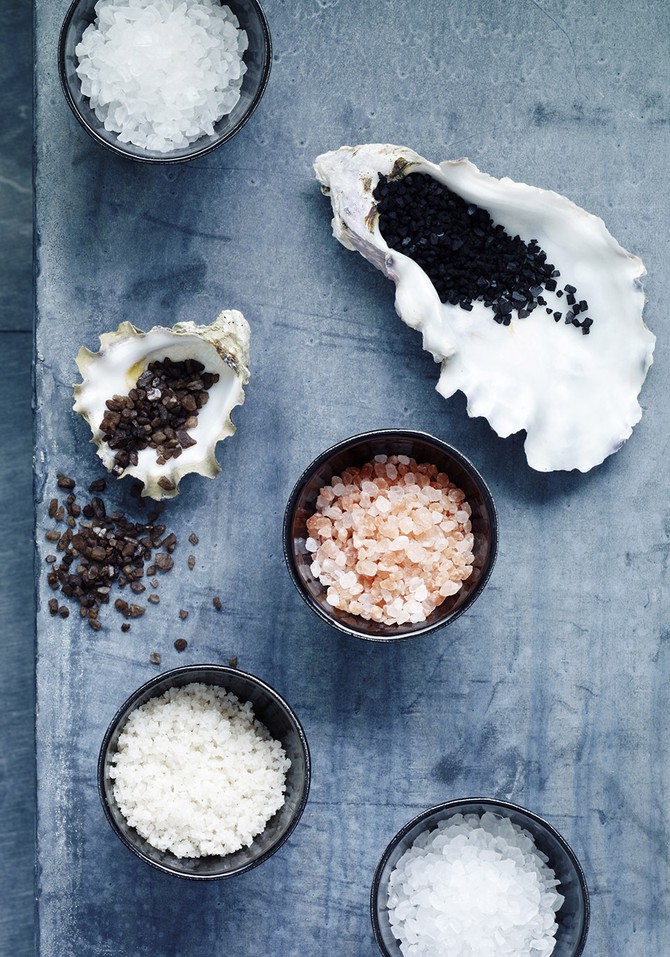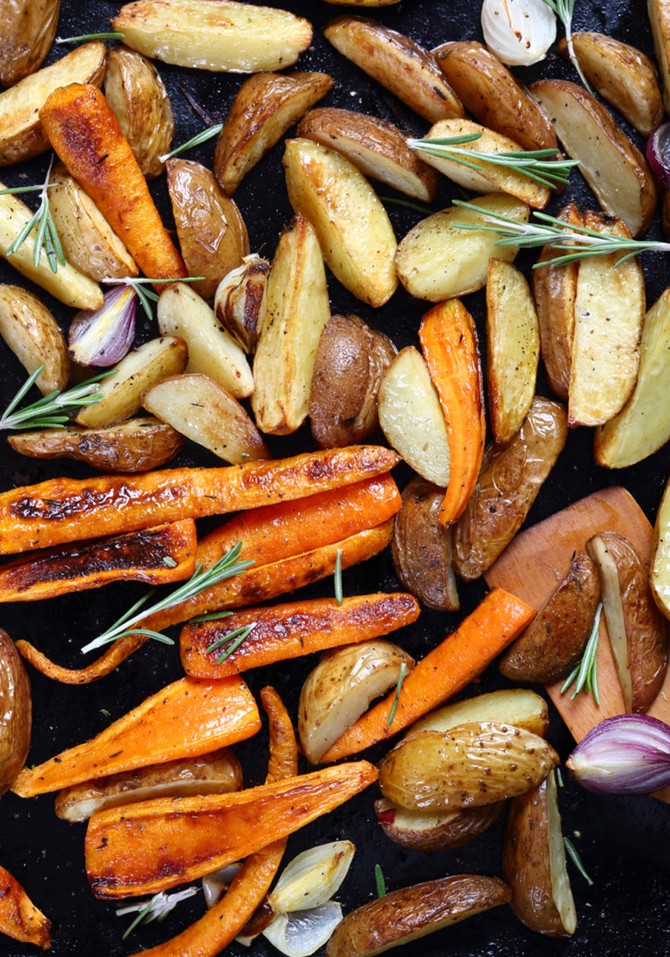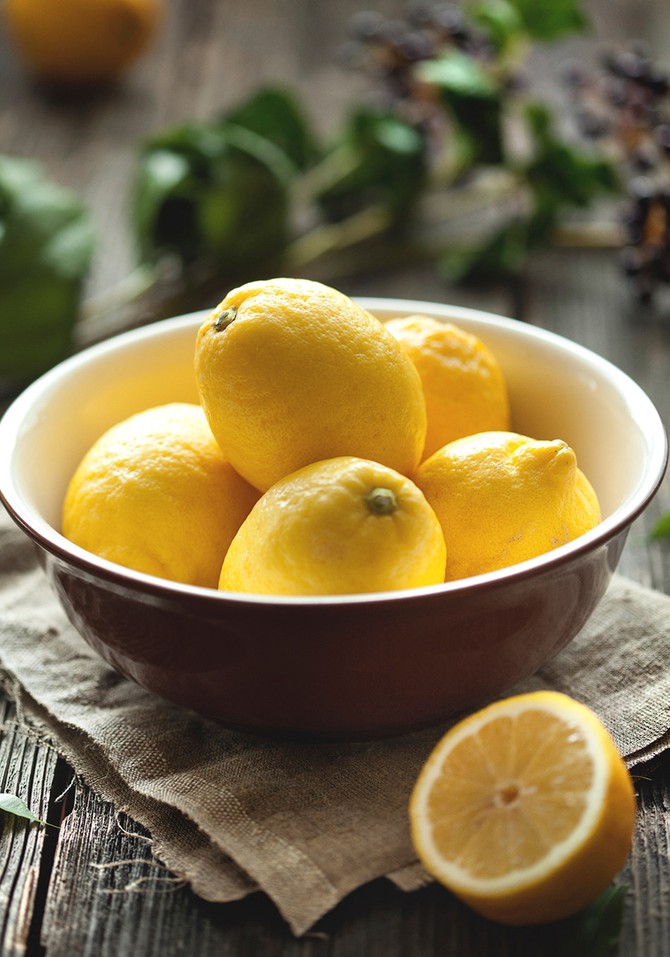4 Chefs on the Best Cooking Advice They've Ever Received
Beyond making sure everything's ready before you begin, here are the pointers that pros say everyone should know.
By Lynn Andriani

Photo: Westend61/Getty Images
Don't Trust Ovens
Baking may be a science, but it's a bit of a risk, too, since every oven is different. Molly Hanson, executive pastry chef at Grill 23 & Bar, in Boston, learned this from one of her instructors at the New England Culinary Institute in Vermont. If a recipe says the brownies should be done in 30 minutes, "you should use that as an estimate and not a fact," Hanson explains, since oven sizes vary and some have exposed heating elements while others have those that are hidden. Both of these things have a big impact on how quickly or slowly the heat moves around in the space. Hanson usually checks on cookies, brownies and other items about halfway through their suggested baking time, rotating the pan for even baking and giving it a "general well-being test": If the brownie pan has dark edges and a pale center, the oven is probably too hot; if it has an overall greasy, pale look, the oven is probably too cool.

Photo: Jim Franco/Taxi/Getty Images
Keep Your Salt Cellar Handy
The final sentence of many recipes is, "season with salt and pepper to taste"—which is good advice, but leaves out a crucial aspect of cooking that Tin Vuong, executive chef and co-owner of Little Sister in Manhattan Beach, CA, learned from years of watching Julia Child and Jacques Pepin on PBS. They weren't afraid of salt, and would add it to their dishes throughout the cooking process. Seasoning this way, you use about the same amount of salt as you would have if you'd waited until you were finished cooking; yet, by seasoning and tasting whenever new ingredients are added, each new ingredient will more fully develop its flavor. (Just use a bit less if you're cooking with naturally salty ingredients, such as bacon or capers.) Vuong says the amount is up to you, depending on how salty you like your food; his rule of thumb is that when it's just a bit salty for him, it's usually perfect for whomever he's serving.

Photo: Olha_Afanasieva/iStock/Getty Images Plus
Hit Veggies' Sweet Spot
While a meat thermometer can be a foolproof way to tell if beef, poultry or other proteins have finished cooking, vegetables can be trickier. No one knows this better than Amanda Cohen, chef and owner of the New York vegetarian hot spot Dirt Candy. She says it's impossible to give an equivalent for veggies because there's so much variation between, say, carrots, Swiss chard and zucchini. That said, Cohen says most of us cook vegetables for too long or too short. If you're saut??ing greens, the second the leaves turn bright green, pull them off the heat within 60 seconds to preserve their taste and texture. If you're roasting root vegetables, Cohen has learned to leave them in the oven "forever" (which can be longer than you'd think—as many as 90 minutes) on very low heat (around 250 degrees), so their sugars have plenty of time to caramelize without the vegetables getting mushy.

Photo: Alexey Ivanov/E+/Getty Images
Freeze Lemons for a Rainy Day
We normally wouldn't advocate freezing citrus fruit, since its high moisture content makes it mushy when it's defrosted. Yet Vikki Krinsky, a private chef in Los Angeles, has learned that stashing lemons in the freezer, while not necessarily a good move if you want nice, intact slices, can be a lifesaver when you need lemon zest or juice for cooking. Wash the outsides well and dry them, then pop the lemons into a resealable plastic bag and store them in the freezer (they'll keep for a month or two). You can zest lemons' skin without defrosting them first; to juice them, place them in the microwave for a few seconds; or, set them in a bowl of cool water for a minute, then use a citrus reamer to extract the juice.
Published 06/29/2015

